Understanding Seasonal Affective Disorder
As the days grow shorter and the weather turns colder, many individuals may find themselves feeling a little “down.”
In this blog post, we will explore Seasonal Affective Disorder (SAD), a type of depression that typically arises during the fall and winter months. We’ll discuss its symptoms, the importance of recognizing when to seek help, and practical strategies for alleviating its effects.
What is Seasonal Affective Disorder?
According to the National Institute of Mental Health (NIMH), Seasonal Affective Disorder often begins in the fall and winter months, though it can occasionally start during the spring and summer. As daylight decreases, many people may experience feelings of sadness or a sense of not being themselves. Symptoms can include low energy, difficulty concentrating, and changes in sleep and appetite.
Individuals suffering from SAD may struggle with daily activities, making it challenging to maintain work or social relationships. These feelings can last anywhere from four to five months, significantly impacting one’s quality of life.
Recognizing and Addressing Seasonal Affective Disorder
As a mental health professional, I want to emphasize that while SAD is not a formal diagnosis, it acts as a specifier under Major Depressive Disorder according to the DSM (Diagnostic and Statistical Manual of Mental Disorders). Understanding this distinction is crucial for effective treatment.
If you find yourself experiencing symptoms associated with SAD, it’s important to practice self-care and coping strategies. Acknowledging the changes in weather and your resulting thoughts and feelings can help you navigate this challenging time.
For more insights on managing seasonal changes, check out my previous post on self-care strategies and understanding depression.
How to Alleviate Symptoms of Seasonal Affective Disorder
Here are some strategies to help alleviate the symptoms of SAD:
Acknowledge Your Feelings: Recognizing how the changing weather affects your thoughts, behaviors, and feelings is the first step toward managing SAD.
Enhance Your Self-Care: Prioritize your self-care and coping skills. Don’t hesitate to take a mental health day if you need it—your well-being is worth it!
Stay Active: Engage in regular physical activity, which can boost your mood and energy levels. Even a short walk outside can make a difference.
Seek Light: Consider light therapy, which can help improve your mood during the darker months.
Client Examples: Many clients have found that maintaining a consistent routine and integrating physical activity into their day significantly reduces their feelings of sadness.
External Links: For more information about light therapy and its effectiveness for SAD, visit Mayo Clinic.
Conclusion
Seasonal Affective Disorder can profoundly affect individuals, but recognizing its symptoms and understanding how to manage them is crucial. If you notice that your symptoms last longer than two weeks, it’s vital to reach out to a mental health professional.
Don't hesitate to seek support if you find these feelings overwhelming or persistent. Remember, you're not alone in this struggle.
If you're experiencing symptoms of SAD or have concerns about your mental health, reach out for a free 15-minute consultation today. Together, we can work on strategies to help you feel better.


